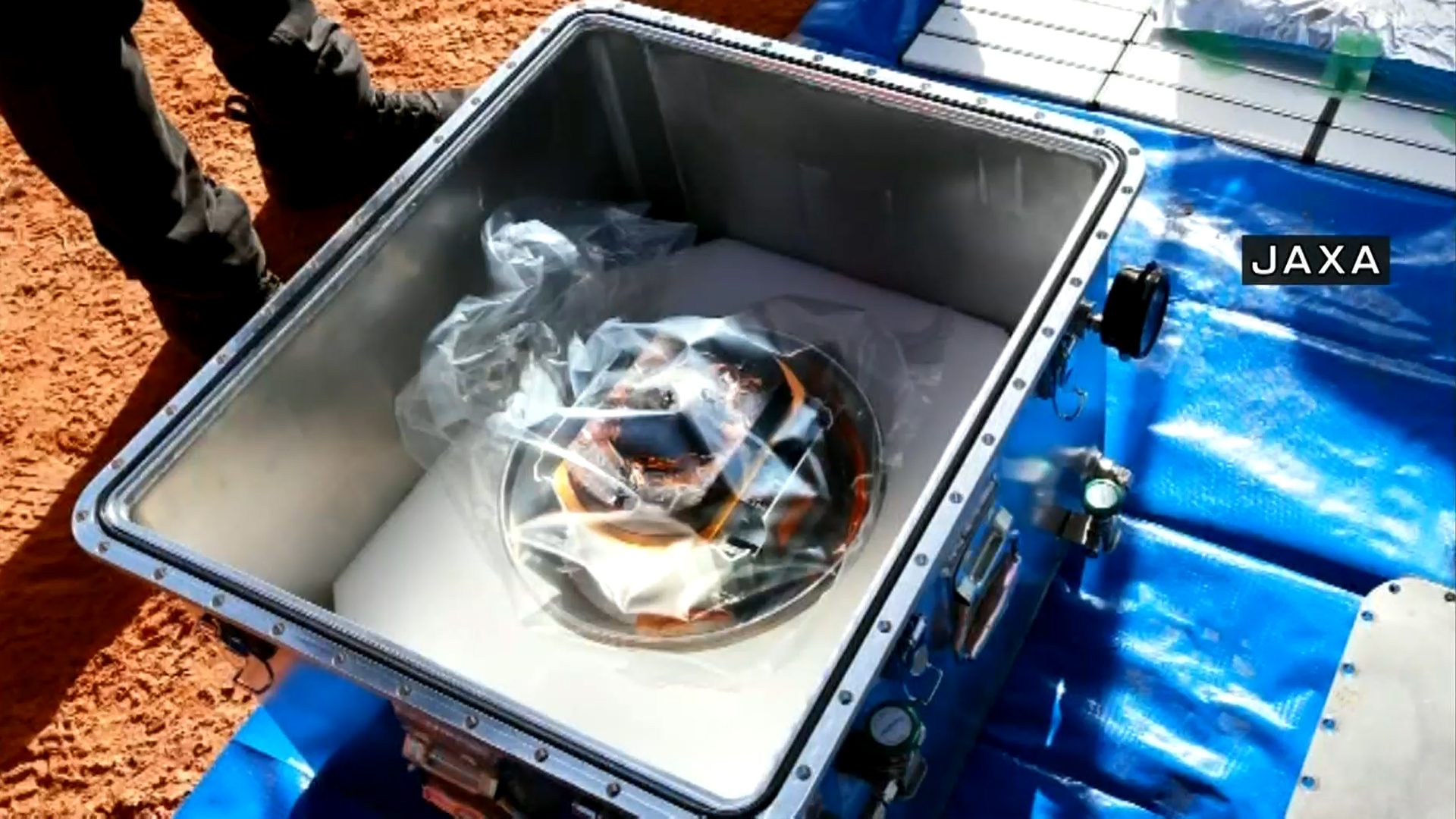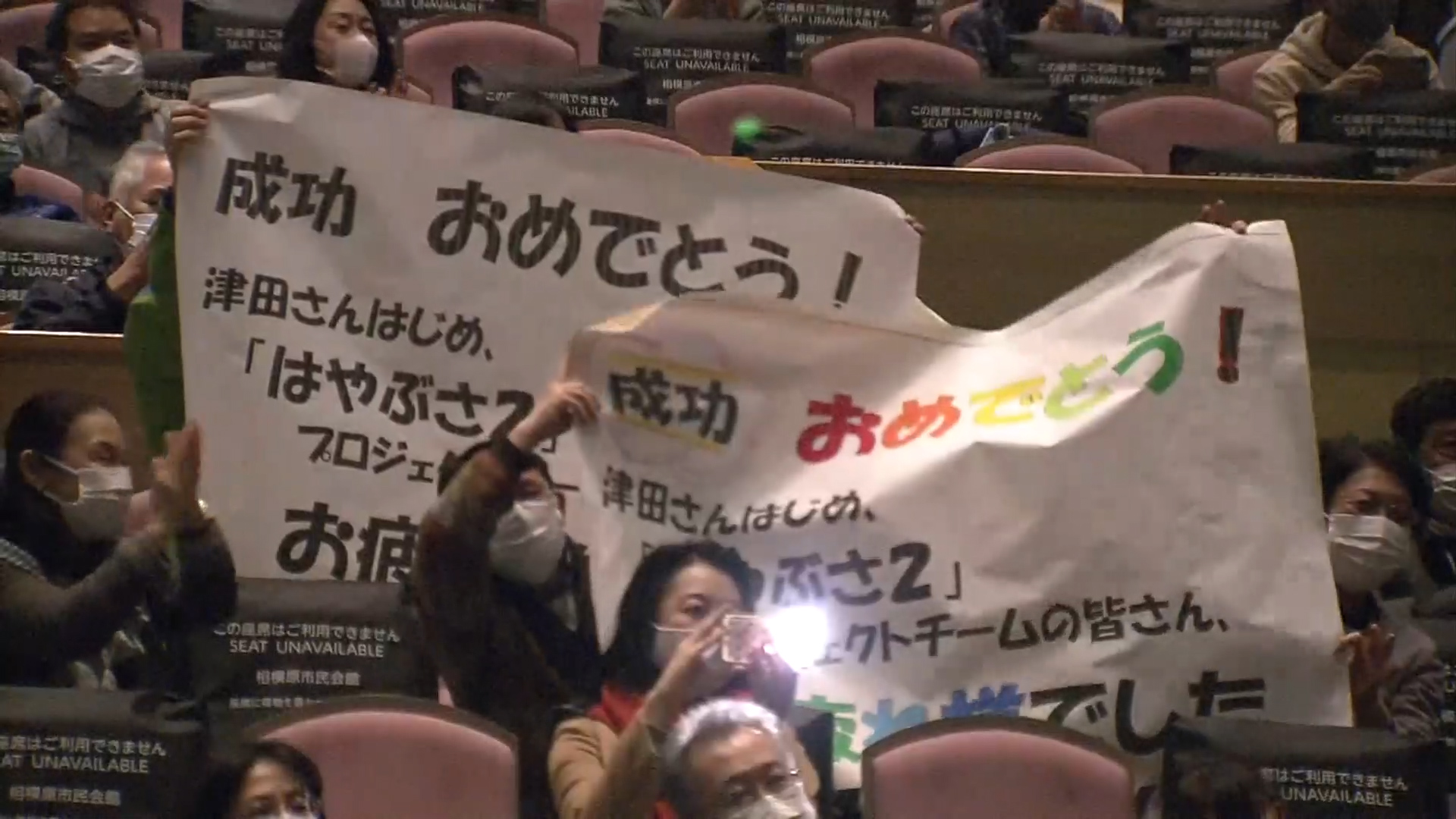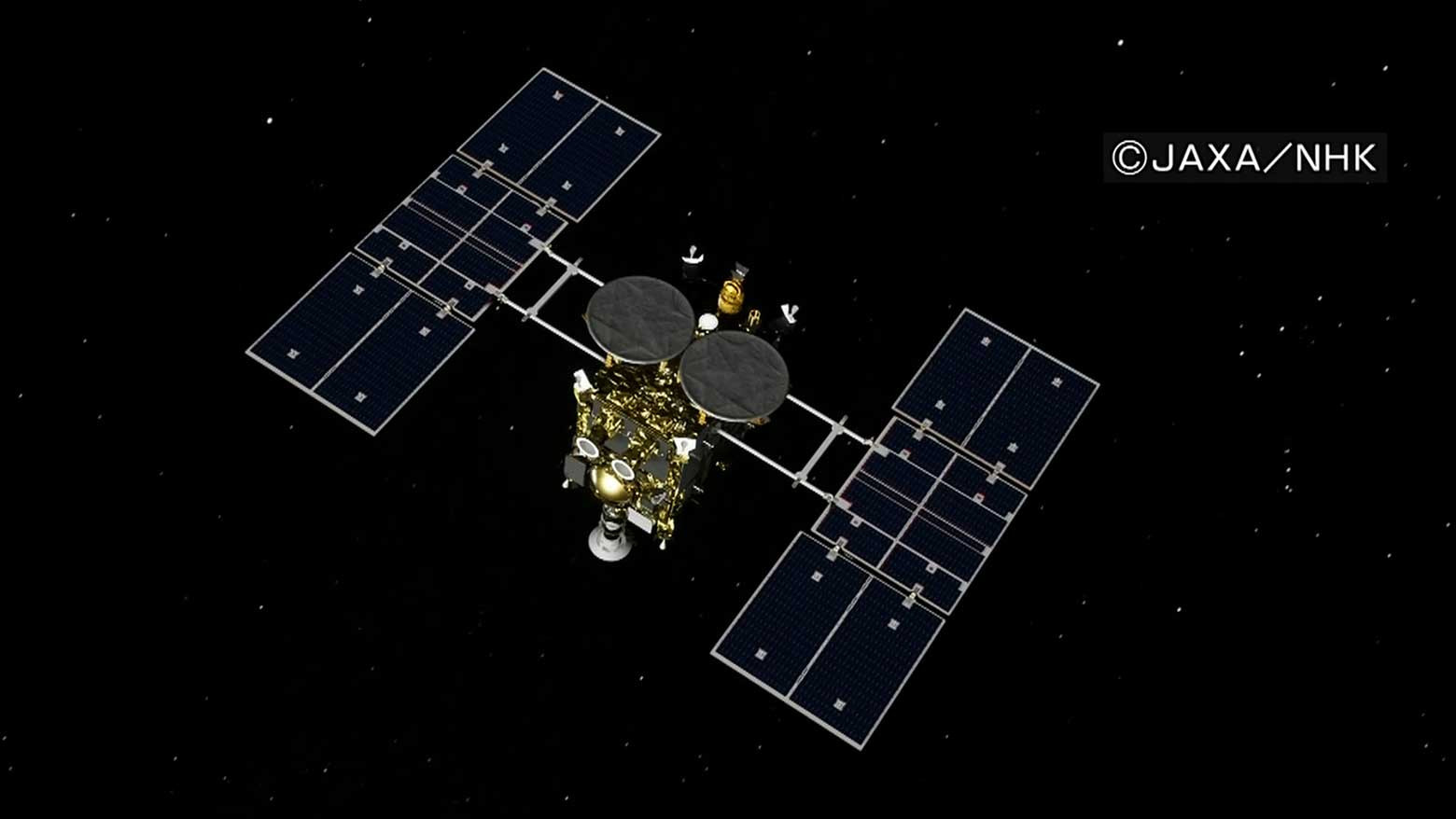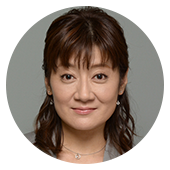Stargazers in Australia witnessed what looked like a shooting star at 4 a.m. local time as the capsule entered the atmosphere. JAXA officials say its parachute opened at an altitude of about 10,000 meters. The capsule was discovered by a search helicopter, and will next be examined at the Institute of Space and Astronautical Science near Tokyo. Project manager Tsuda Yuichi says it's in perfect condition.

Hayabusa2 started its journey in space six years ago as it headed towards the asteroid Ryugu. Its target is believed to contain relatively large amounts of water and organic material from when the solar system was born 4.6 billion years ago. It took four years to reach the asteroid, which is about 300 million kilometers from Earth.
Hayabusa2 made two successful landings on Ryugu, and appears to have collected samples of sand. The probe started its return journey in November last year.
Hayabusa2 is the successor to Hayabusa -- the world's first space probe to bring minute particles from an asteroid back to Earth. It did so in 2010, after visiting the asteroid Itokawa.
Hayabusa2 is expected to solidify the technologies needed for asteroid explorations, and also look into the possible existence of water or organic matter in space.

JAXA officials say the capsule's return demonstrates the technology needed for round trips between planets.
The mission is testament to the prowess of the team involved, including a small factory in Yokohama that produces high-precision parts for aircraft and satellites.
Kawaguchi Shinji, the company's president, says his firm made about 800 components for Hayabusa2. One was smaller than a coin -- but as part of a spring for releasing the capsule, was crucial to the mission. Kawaguchi says they are all made with extreme, one-hundredth-of-a-millimeter precision.
The five-billion-kilometer voyage to Ryugu and back is over, but Hayabusa2 is already on its way to another asteroid. It's expected to arrive 11 years from now.

